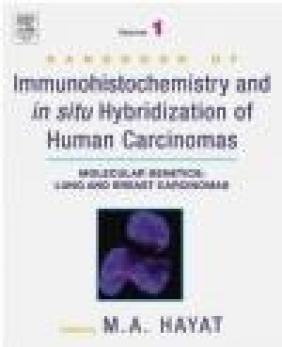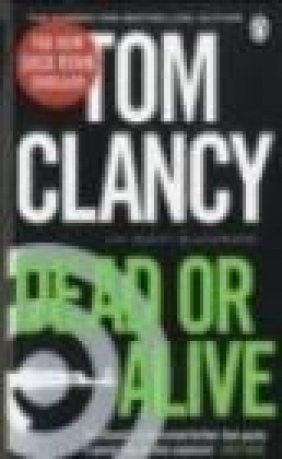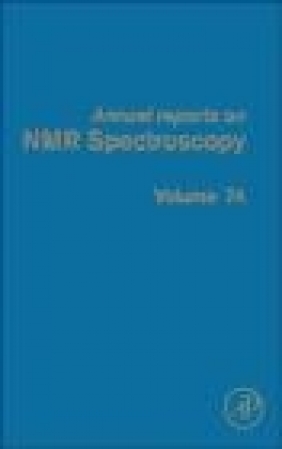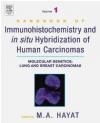Handbook of Immunohistochemistry
M Hayat
Handbook of Immunohistochemistry
M Hayat
- Producent: Academic Press
- Rok produkcji: 2004
- ISBN: 9780123339416
- Ilość stron: 556
- Oprawa: Twarda
Niedostępna
Opis: Handbook of Immunohistochemistry - M Hayat
The various cell types have traditionally been recognized and classified according to their appearance in the light microscope following the process of fixing, processing, sectioning, and staining tissues that is known as histology. Classical histology has been augmented by immunohistochemistry (the use of specific antibodies to stain particular molecular species in situ). Immunohistochemistry has allowed the identification of many more cell types than could be visualized by classical histology, particularly in the immune system and among the scattered hormone-secreting cells of the endocrine system. This book discusses all aspects of immunohistochemistry and in situ hybridization technologies and the important role they play in reaching a cancer diagnosis. It provides step-by-step instructions on the methods of additional molecular technologies such as DNA microarrays, and microdissection, along with the benefits and limitations of each method. The topics of region-specific gene expression, its role in cancer development and the techniques that assist in the understanding of the molecular basis of disease are relevant and necessary in science today, ensuring a wide audience for this book. This is the only book available that translates molecular genetics into cancer diagnosis. It provides the readers with tools necessary to perform and optimize sensitive, powerful techniques, including immunohistochemistry and fluorescence in situ hybridization, used in tumor diagnosis. Written by experts in this field, the book provides theoretical considerations as well as practical approaches to carry out effectively these techniques. It offers suggestions, tips, cautions, and guidelines to avoid artifacts and misdiagnosis. It introduces new techniques to detect genes and proteins involved in the initiation and progression of cancer. It covers the latest developments and a wide range of applications to the detection of antigens and single-copy DNA and RNA. It is written in a uniform format, each chapter includes an introduction, materials required, step-by-step detailed methods, results, discussion, and comprehensive up-to-date references. "...this handbook is of unparalleled value as a reference book and should be on the shelf of all serious investigators in the field... Its value lies in having an immediate reference source at hand, replete with bibliography, for a particular research project, or occasionally for a particularly difficult clinical issue. In these areas, there are simply no competitors in print..." --Clive R. Taylor, Dept of Pathology, The Keck School of Medicine at the University of Southern California, Los Angeles, in APPLIED IMMUNOHISTOCHEMISTRY & MOLECULAR MORPHOLOGY (June 2006) "...this book is a valuable reference for medical students, medical technician, pathologists, and clinician alike who are interested in tumor biology or translational research." --HUMAN PATHOLOGY (July 2005) "Volume 1 of this three-volume Elsevier handbook, edited by M.A. Hayat on the 'Immunohistochemistry and in situ Hybridization of Human Carcinomas' is impressive. ...The technical detail included in many contributions surpasses that available from the scientific and clinical journals; all provide a depth of up-to-date knowledge based upon the authors' experience and expertise. Every large hospital and medical school library should be persuaded to buy a copy of this book." --MICRON (2005) "...Professor Hayat's handbook, Handbook of Immunohistochemistry and in situ Hybridization of Human Carcinomas has the great potential of becoming the handbook of choice for clinician and basic scientists including medical and biological students and biomedical technologists." --Akhouri A. Sinha, Ph.D., Professor of Genetics, Cell Biology and Development, University of Minnesota and Research Scientist at the VA Medical Center Minneapolis, MNComparison of Immunohistochemistry, in Situ Hybridization, Fluorescence in situ Hybridization, and Chromogenic in situ Hybridization Comparison of Chromogenic in situ Hybridization, Fluorescence in situ Hybridization and Immunohistochemistry Target and Signal Amplification to Increase the Sensitivity of in situ Hybridization Polymerase Chain Reaction DNA Microarrays Technology Tissue Microarrays and their Modifications in Highthoroughput Analysis of Clinical Specimens Gene Expression Profiling Using Laser Microdissection in Cancer Tissues Differential Display of Gene Expression in Human Carcinomas Serial Analysis of Gene Expression in Human Diseases Lung Carcinoma: An Introduction Hitopathological Classification and Phenotype of Lung Tumors Immunohistochemistry and in situ Hybridization of Mucin in Lung Carcinoma Immunohistochemical Expression of MDM2 in Lung Cancer Immunohistochemical Expression of E2F1 and p14ARF in Lung Carcinoma Role of Immunohistochemical Expression of Beta-Catenin in Lung Carcinoma Immunohistochemistry of Laminin-5 in Lung Carcinoma Role of Immunohistochemical Expression of Caveolin-1 in Lung Carcinoma Role of Thyroid Transcription Factor-1 in Pulmonary Adenocarcinoma Immunohistochemical and Molecular Pathology of Angiogenesis in Primary Lung Adenocarcinoma Immunohistochemistry of Human Leukocyte Antigen Expression in Lung Carcinoma In Situ Hybridization and Immunohistochemistry of Telomerase in Lung Carcinoma Use of Fluorescence in situ Hybridization in Detection of Lung Cancer Cells Immunohistochemistry of BCL-2 Gene Expression in Lung Carcinoma Breast Carcinoma: An Introduction Expression of Vascular Endothelial Growth Factor Receptor-2/Flk-1/KDR in Breast Carcinoma HER2/Neu Amplification and Protein Overexpression in Breast Carcinoma: Immunohistochemistry and Fluorescence in situ Hybridization Her-2/neu Amplification Detected by Fluorescence in situ Hybridization in Cytological Samples from Breast Cancer Detection of HER-2 Oncogene with Chromogenic in situ Hybridization in Breast Carcinoma Immunohistochemical Evaluation of Sentinel Lymph Nodes in Breast Carcinoma Patients CD10 Expression in Normal Breast and Breast Cancer Tissue Role of Immunohistochemical Expression of AKT Protein in Breast Carcinoma Role of Immunohistochemical Expression of AKT Protein in Breast Carcinoma Immunohistochemistry of Adhesion Moleculae Ceacam1 Expression in Breast Carcinoma Role of Cadherins in Breast Cancer Immunohistochemical Expression of Erythropoitein and Erythropoitin Receptor in Breast Carcinoma Loss of BRCA1 Expression in Breast Carcinoma Role of Immunohistochemical Expression of BRCA1 in Breast Cancer Fluorescence in situ Hybridization of BRCA1 Gene in Breast Carcinoma Immunohistochemistry of C-MYC Expression in Breast Carcinoma Immunohistochemical Localization of Neuropilin-1 in Human Breast Carcinoma: A Possible Molecular Marker for Diagnosis Role of the Epidermal Growth Factor Receptor in Breast Carcinoma Alterations of the Cell Cycle Regulating Proteins in Invasive Breast Cancer Correlation with Proliferation, Apoptosis, and Clinical Outcome Immunohistochemistry of Estrogen Receptor Expression in Breast Carcinoma Immunofluorescence and Immunohistochemical Localization of Progesterone Receptors in Breast Carcinoma Immunohistochemical Expression of Cytosolic Thymidine Kinase in Patients with Breast Carcinoma Immunohistochemical Detection of Melanoma Antigen E (MAGE) Expression in Breast Carcinoma Role of Immunohistochemical Expression of Receptors in Male Breast Carcinoma Detection of Glycoconjugates in Breast Cancer Cell Lines: Confocal Fluorescence Role of ETV6-NTRK3 Gene Fusion in Breast Carcinoma Role of CA6 Protein Expression in Breast Carcinoma Immunohistochemistry of Effusions Immunohistochemistry of Needle Cytopunctures of Breast Carcinomas
Szczegóły: Handbook of Immunohistochemistry - M Hayat
Tytuł: Handbook of Immunohistochemistry
Autor: M Hayat
Producent: Academic Press
ISBN: 9780123339416
Rok produkcji: 2004
Ilość stron: 556
Oprawa: Twarda
Waga: 1 kg






























